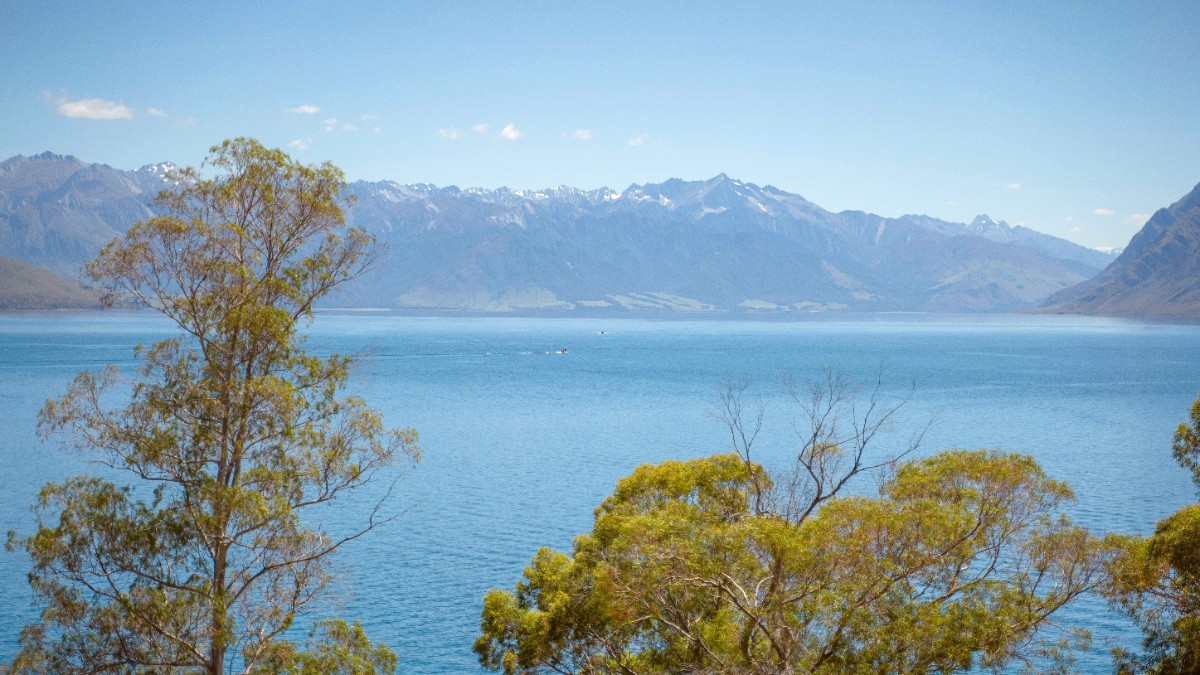
Queenstown And Wanaka, New Zealand
Wanaka has a very limited public transport system compared to larger cities. Local buses are the main option, with no metro or tram systems.
The main "hub" is the Wanaka town center, where stops are located near the lakefront and main shopping areas.
Newer Connectabus vehicles are generally wheelchair accessible with ramps. Contact Connectabus directly for specific needs.
Check latest timetables online or at the Wanaka Visitor Information Centre. Walking or cycling often works more efficiently for central exploration.
For most tourist activities, walking or cycling is often more efficient and enjoyable than waiting for a bus.
Maximum flexibility, access to remote areas, but costs add up.
Cost-effective for point-to-point, no driving stress, but less flexible.
Eco-friendly, great for local exploration, limited range and weather dependent.
Door-to-door convenience for short trips, but can be expensive and less available.
Car rentals offer the most flexibility. Other options include motorcycles and bicycles for local exploration.
Wanaka town center is very pedestrian-friendly. The lakefront promenade is suitable for leisurely strolls.
Numerous well-maintained walking tracks of varying difficulty start directly from or near town.
Extensive network of designated cycling trails, including Millennium Track and Hawea River Track.
Beyond standard options, Wanaka offers unique ways to experience its natural beauty, though some city-typical services are not available.
Helmets are mandatory by law when cycling in New Zealand.
Legal Compliance
Be aware of shared paths and respect other users, including pedestrians and cyclists.
Mutual Respect
For your safety, use designated trails for walking and cycling.
Stay on Path
While public transport is limited, combining modes and planning your routes maximizes your Wanaka exploration.
Secure your car rental in advance, notably during busy tourist seasons, to confirm availability.
Familiarize yourself with New Zealand's left-hand side driving and road signs for a safe journey.
Be ready for paid parking in central Wanaka. Seek free parking options slightly further from the main area.
Renting a car offers the highest degree of freedom for exploring Wanaka and the wider Otago region at your own pace.
For shorter distances and active exploration within town, walking and cycling are highly recommended.